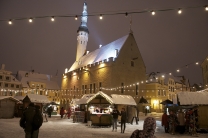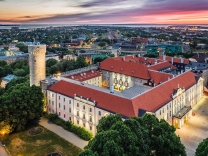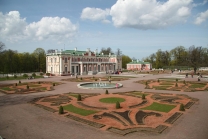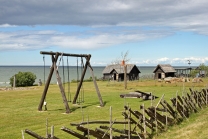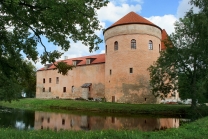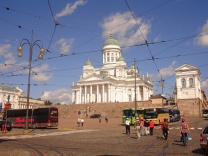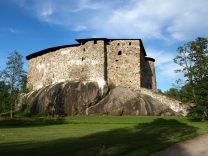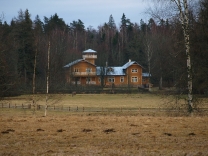
Tallinn
Tallinn (/ˈtɑːlɪn/ or /ˈtælɪn/,Estonian pronunciation: [ˈtɑlʲˑinˑ]; names in other languages) is the capital and largest city of Estonia. It is situated on the northern coast of the country, on the shore of the Gulf of Finland, 80 km (50 mi) south of Helsinki, east of Stockholm and west of Saint Petersburg in Harju County. From the 13th century until 1918 (and briefly during the Nazi occupation of Estonia from 1941 to 1944), the city was known as Reval. Tallinn occupies an area of 159.2 km2 (61.5 sq mi) and has a population of 445,054. Approximately a third of Estonia's total population lives in Tallinn.
Tallinn, first mentioned in 1154, received city rights in 1248, but the earliest human settlements date back 5,000 years, making it one of the oldest capital cities of Northern Europe. The initial claim over the land was laid by the Danes in 1219 after a successful raid of Lyndanisse led by Valdemar II of Denmark, followed by a period of alternating Scandinavian and German rule. Due to its strategic location, the city became a major trade hub, especially from the 14th to the 16th century, when it grew in importance as part of the Hanseatic League.
Tallinn's Old Town is one of the best preserved medieval cities in Europe and is listed as a UNESCO World Heritage Site. Tallinn is the major political, financial, cultural and educational center of Estonia. Often dubbed the Silicon Valley of Europe, it has the highest number of startups per person in Europe and is a birthplace of many international companies, including Skype. The...






